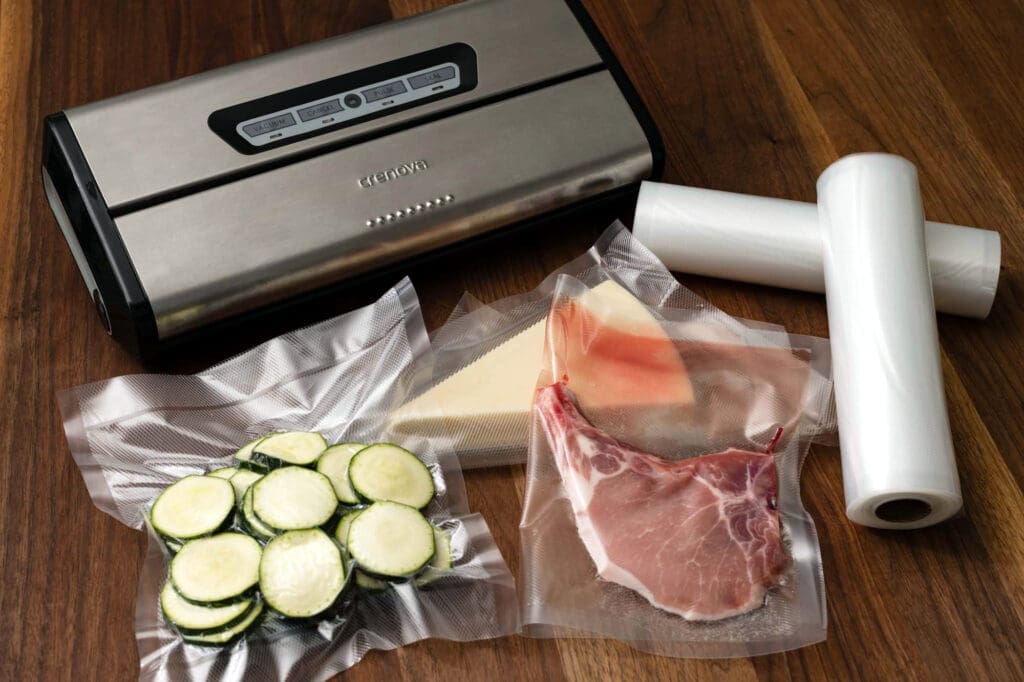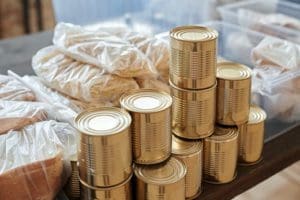Vacuum-packaged foods offer many benefits, but Kansas State University food scientist Karen Blakeslee emphasizes the importance of understanding food safety in food establishments. Removing oxygen from packaging can slow spoilage, prevent rancidity, and extend the shelf life of refrigerated foods. However, creating an anaerobic environment—similar to canning—can also pose risks. Without proper storage, Clostridium botulinum spores can produce deadly toxins.
To ensure safety, food establishments must use at least two barriers for reduced oxygen packaging. These include refrigeration below 41°F, maintaining a pH of 4.6 or lower, reducing water activity to 0.91 or less, utilizing competing microorganisms in raw products, freezing, or using properly cured meats. Proper employee training on packaging procedures is also essential.
Vacuum packaging is commonly used for meats, poultry, seafood, and sometimes fresh produce, as it also saves freezer space. Ensuring safe handling practices, such as handwashing and using clean equipment, is crucial to avoid cross-contamination.













